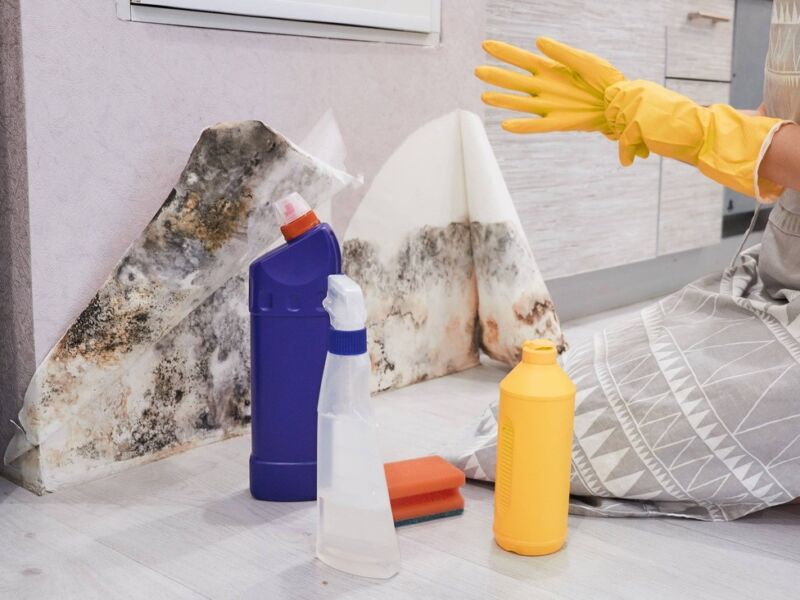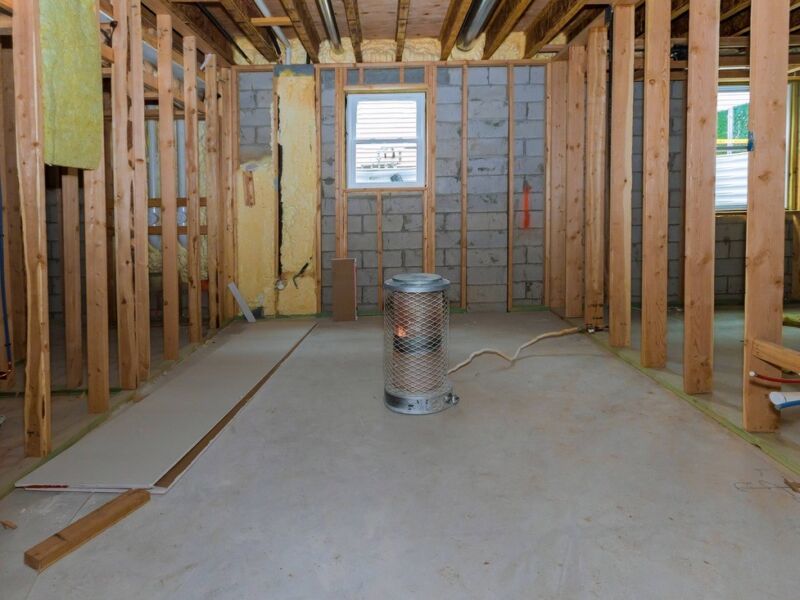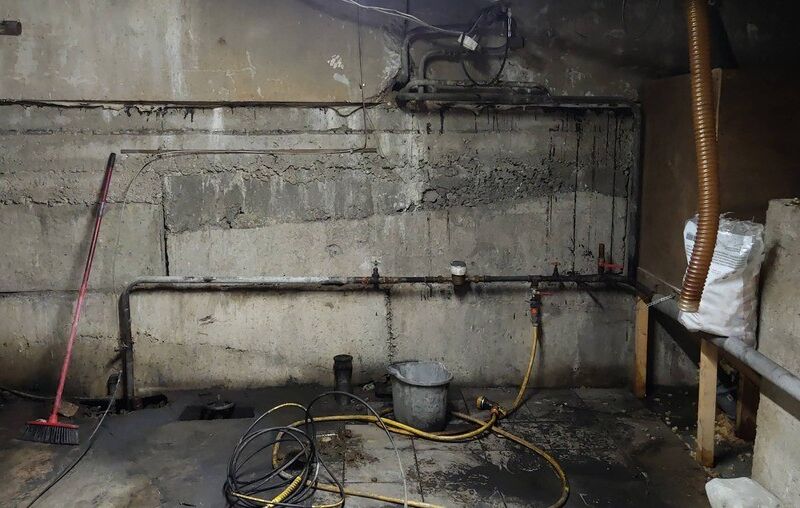
Introduction
Indoor air quality plays a significant role in our overall health and well-being. With most individuals spending a significant amount of time indoors, it is crucial to ensure that the air we breathe is clean and free from pollutants. Maintaining healthy indoor air quality involves adopting various practices and techniques that promote a fresh and pollutant-free environment. In this article, we will explore the importance of maintaining healthy indoor air quality and provide tips and techniques for achieving optimal air quality in your home.
The Importance of Indoor Air Quality
Poor indoor air quality can have a detrimental impact on our health. Indoor air pollution, which can be caused by factors such as inadequate ventilation, mold growth, and the presence of pollutants, can lead to respiratory issues, allergies, and other health problems. Additionally, poor air quality can worsen existing conditions like asthma and contribute to the development of lung diseases.
Maintaining healthy indoor air quality is particularly important for sensitive individuals, such as young children, the elderly, and those with pre-existing respiratory conditions. However, even for individuals in good health, clean and fresh air is essential for promoting overall well-being and productivity.

Tips for Maintaining Healthy Indoor Air Quality
1. Proper Ventilation
Good ventilation is crucial for ensuring a constant flow of fresh air into your home. Open windows and doors whenever possible to allow for natural ventilation. Additionally, consider installing and regularly maintaining ventilation systems, such as exhaust fans and air circulation systems.
2. Regular Cleaning and Dusting
Dust and dirt particles can accumulate in your home and contribute to poor air quality. Regularly clean and dust surfaces, furniture, and fixtures to minimize the presence of airborne particles. Use microfiber cloths or damp mops to prevent stirring up dust.
3. Use Air Purification Systems
Air purifiers can effectively remove pollutants and allergens from the air. Consider investing in an air purifier with a HEPA filter, which can capture particles as small as 0.3 microns. Place the air purifier in rooms where you spend the most time, such as bedrooms and living areas.
4. Maintain Humidity Levels
Excess moisture in the air can contribute to mold growth and the proliferation of dust mites. Use dehumidifiers in damp areas of your home, such as basements, to control humidity levels. Additionally, ensure proper ventilation in bathrooms and kitchen areas to prevent excessive moisture accumulation.

5. Utilize Home Air Filters
Upgrade your HVAC system with high-quality air filters that are designed to remove pollutants and allergens from the air. Regularly replace these filters according to the manufacturer’s recommendations to maintain optimum air quality.
6. Choose Low-VOC Products
Many household products, such as paints, cleaning supplies, and furniture, emit volatile organic compounds (VOCs) that can pollute the indoor air. Opt for low-VOC or VOC-free products to minimize the release of harmful chemicals into your home.
7. Bring in Air-Purifying Plants
Certain indoor plants are known for their air-purifying abilities. Spider plants, peace lilies, and snake plants can help remove toxins from the air and improve overall air quality. Place these plants strategically throughout your home to enjoy their benefits.
8. Schedule Regular Air Quality Testing
Consider hiring professionals to conduct air quality testing in your home. This assessment can identify specific pollutants or issues that may be affecting your indoor air quality. With this information, you can take appropriate measures to address any identified problems.
Important Facts and Statistics
- Dirt and debris often get caught in drainage systems, preventing water from properly draining out of basements (source).
- Basement flooding can cause damage to the foundation, drywall, carpet, hardwood floors, furniture, and more (source).
- Excessive moisture in basements can lead to mold or mildew growth, which can be detrimental to health (source).
- Damage to critical infrastructure and heavy rains can hamper flood recovery efforts (source).
Frequently Asked Questions
What are the common causes of poor indoor air quality?
How often should air filters be replaced?
Can indoor plants improve indoor air quality?
By following these tips and techniques, you can create a healthier indoor environment for you and your family. Remember to regularly assess and address any factors that may be affecting your indoor air quality to maintain a fresh and clean living space.


